‘With advances in mass spectrometry, we can explore terra incognita’
Albert Heck is a professor at Utrecht University, where he runs a lab of more than 50 researchers developing novel techniques for mass spectrometry. Like many proteomics scientists, Heck is motivated both by his love of the technique and by his conviction that researchers learn more about a cell’s behavior from its proteins than its DNA or RNA. He met with ASBMB Today by Zoom to talk about his work and his first year as an associate editor of the journal Molecular & Cellular Proteomics.
This interview has been condensed and edited.
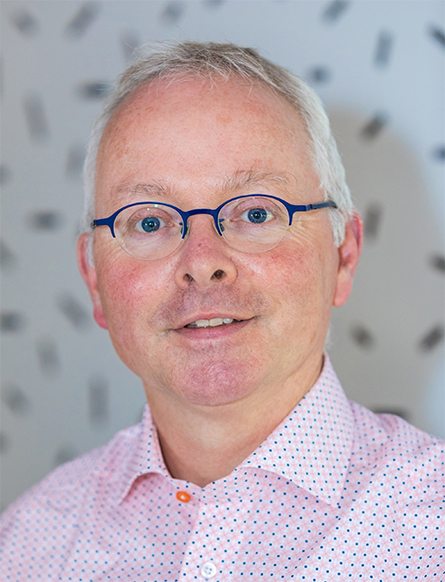
You recently told the Analytical Scientist that you’re a mass spectrometrist at heart. Why? What about analytical instrumentation appeals to you?
New inventions follow new technologies. I don’t know who said it first, but it’s stuck in my mind. As mass spectrometry has developed, we can study questions that we couldn’t study 20 years ago. That makes it so exciting. I feel that we can explore terra incognita — parts of life that we were blind to.
I’m really a technology nerd. That’s very different from researchers that work their whole life on mitochondria, or on one protein, and become super experts. I admire them, but I like to come in from the sides with my new technologies, allowing me to explore almost every question in the life sciences.
Your background is in physical chemistry and reaction dynamics. How did you get into biochemistry?
I did my Ph.D. in mass spectrometry at the University of Amsterdam in the Netherlands, studying really fundamental ion–molecule reactions in the gas phase. At that time, the limitation was still that you could only analyze what you could easily bring into the gas phase. We didn’t have methods like electrospray and MALDI (matrix-assisted laser desorption/ionization). So for biological mass spectrometry, there was not that much yet to explore.
I did a postdoc at Stanford with Dick Zare and David Chandler (Sandia), working on reaction dynamics of some of the most fundamental chemical reactions: H + D2 ® HD + H. When I was thinking of going back to Europe in 1996, the University of Warwick had a call for someone who knew how to work with a totally new innovative mass spectrometer. They knew me from my thesis work, and they invited me to set up this new facility with this very expensive FT-ICR mass spectrometer. That was like giving me, as a very eager kid, the keys of a Ferrari.
But then they said to me, “But you have to study biomolecules.” And — this is true — I said, “Bio-whats?”
It was getting the keys of a Ferrari, but maybe not on the circuit that I initially wanted to drive. I decided to go for it, and that brought me into the field of biomolecular mass spectrometry. My background in biology was close to zero. Of course, I had had biochemistry courses, but I had really drifted more to the physical and theoretical chemistry side. With hindsight, if they hadn’t given me the key to the Ferrari, I would probably not have gone in that direction. And with hindsight, I’m very happy that this occurred, because now I find biomolecules and proteins by far the most exciting things to study. But indeed, so much for career planning.
When you were first setting up your lab with this mandate to investigate biomolecules, how did you decide what to work on?
When electrospray was developed, which opened the field of biomolecular mass spectrometry, I was intrigued by whether proteins and peptides in a mass spectrometer could be kept more in their physiological states. Analyzing protein ions in a vacuum is quite different from the cellular environment, but you could claim that it’s a postmortem analysis of your protein. I started my own lab in 1998 at Utrecht University in the Netherlands, asking: Can we do native analysis of how these proteins act in their natural environment, using mass spectrometry? That has been a key question in in all the years that I’ve been active. And I don’t say that I developed it, but I was one of the early pioneers of this area that’s now called native mass spectrometry, and I’m very pleased to see that this research area has grown so much, especially in the recent past.
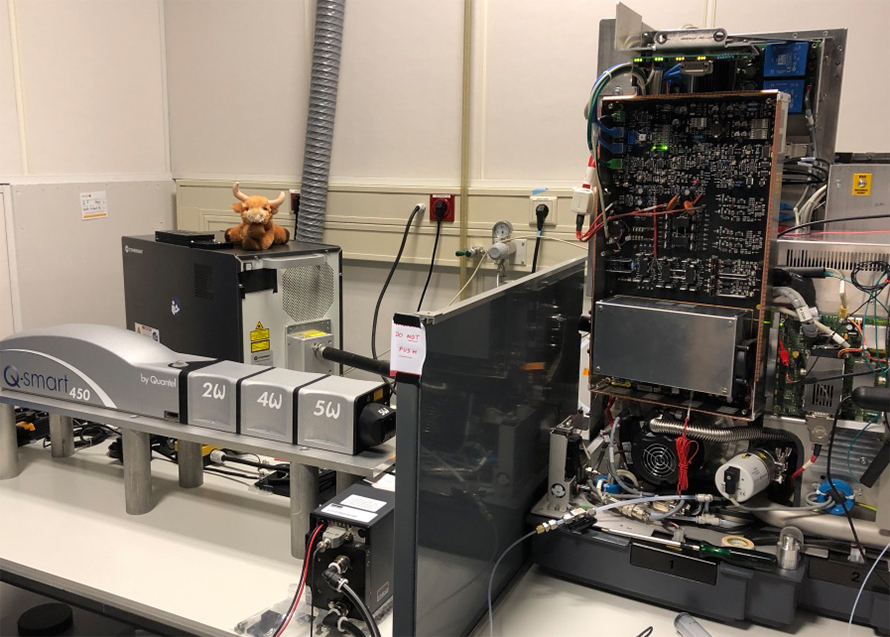
How is sample handling different in native mass spectrometry than in a conventional liquid chromatography–mass spectrometry approach?
If you think about the environment of a cell, there are a few important features: The pH is around 6-7, there are salts, there is a dense environment of other molecules. If you think about the mass spectrometer, there’s a vacuum, there’s no water, the protein itself becomes highly charged. In LC–MS, running solvents are used containing organic (solvents), and typically a pH of around two. Under these conditions, a protein gets totally unfolded or even crashes out of solution. For mass analysis, the unfolding is not too bad, because it also allows the protein to become highly charged, allowing you to measure its mass quite accurately. But what we tried is to keep the pH around neutral. This is less compatible with LC–MS, but we found ways to get these proteins still in their folded states into the mass spectrometer. A noncovalent heterodimer will fall apart in an LC–MS column, but with native mass spectrometry, it will stay a complex whose mass can be determined. Even with much larger protein complexes like proteasomes, ribosomes or whole intact viruses, we have shown we can bring them directly into the mass spectrometer and mass analyze them.
The bigger the ions you measure, the more your mass spectrometer has to have a mass range that can handle these ions. We analyze protein complexes and viruses that are sometimes in weight over one million Da. For comparison, peptides have typically masses of a few hundreds of Da. It’s a completely different order. Therefore, we also worked a lot on making mass spectrometers better for analyzing these sorts of ions.
For instance, we are working on viruses used biotherapeutically as gene delivery vectors. We can now use mass spectrometry to determine if a virus is properly loaded and therefore usable as a biotherapeutic.
The first wave of gene delivery applications went quite badly a few years back. But now, almost every biopharma company that takes itself seriously is working on gene delivery using adeno-associated viruses or other viruses as their platform. It’s going to be big business again. For everything that biopharma makes, the analytical chemistry and proteomics fields have to be ahead, because these products cannot go to the patients without proper quality control. With these biopharmaceutical products becoming more and more complex, the analytical technologies to measure them also need to keep up, and that keeps us very busy.
If you had asked me this 10 years ago, at that time I thought these measurements were far beyond our reach. That’s also so nice about mass spectrometry. You get the question, “Where do you think the field will be in five years?” And I always give the same answer: “If you had asked me five years ago, my answer would have been totally wrong and overtaken by non-expected new developments.”
You’ve worked closely with instrument manufacturers to develop new instruments and techniques. Are those interactions with industry scientists different from collaborating with fellow academics?
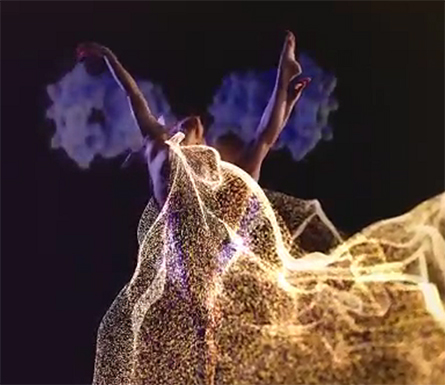
It’s for sure different but also alike. I always say, “Don’t underestimate the personal click.” In academic collaborations, you work with people you like, with whom you share interests; I think my most successful industrial collaborations are also with people that I like, who hopefully like me as well, and with whom I share interests.
Through these collaborations, I start to think more as they think. They have to convince their financial or marketing people that what they do will be profitable. When we developed an instrument with ThermoFisher, I was mostly thinking about viruses. But at some point, I thought it could also analyze better the antibodies that biopharma companies were making. By showing that it really works, my collaborators in industry had much more room to do what they wanted to do.
We also collaborate with medical doctors. They always ask, “Yeah, but what does it mean for my patient?” Someone like me normally doesn’t ask that question. But if you work with people who do, you also start to think about it. I enjoy collaborating with all these different people, because it makes you also think about other fields that you may want to contribute to.
Say more about your work with physicians?
This is a typical example of what I really enjoy. For me, the story started five years ago, when I heard some lectures about immunology and started to read. Textbooks say every human can make a billion times a billion different antibodies. I started to ask people that I thought knew more about immunology than I did, “OK, but how many are actually ending up in your blood?” And the only answer I got was “Ja, you can make billion times billion different antibodies.” But how many are there in the blood? You can make a calculation and conclude already that this cannot be a billion times a billion different ones; it needs to be less. But you still get a staggering number. I asked this question because I wanted to see if I could separate and measure them all; if there are a billion times a billion, mass spectrometry is very powerful, but that can never be done.
Give it another five years?
Yeah, I should never say never in this field. But at some point, I said to some of my people in the lab,
“People say it cannot be done, but let’s just do it.” To make a long story short, we saw that at any moment there are maybe 1,000 different antibodies that are so abundant that they make up 99% of all the antibodies in your blood. This is such a different number.
First of all, this changes the textbook in immunology. Then you’re going to ask, Why are these there, and why are all the other possibilities not there? None of us has identical antibodies; everyone has their own repertoire. We want to know how these repertoires adapt when you get vaccinated and how that changes from directly after vaccination to months later. COVID-19 vaccination is now hot, but actually with every pathogen that can attack you, these hundreds to thousands of antibodies that you make will determine if you get very sick or if you can survive. We hope to find out which antibodies are helping people to survive. We aren’t there yet, but with these mass spectrometry–based methods that we’ve developed, we are able to monitor antibodies using just a few droplets of blood. This, again, is something that I had never dreamed of five years ago.
And now, which I find equally exciting, I’m contributing to immunology in areas where immunologists were stuck for 20 years. They sequenced all the B cells and found that you indeed have a zillion B cells in your body that all can make an antibody. But that’s the same as all sequencing: It still doesn’t mean that you know which proteins are really expressed in the cell.
How did you first become involved with Molecular & Cellular Proteomics?
When Molecular & Cellular Proteomics was started, I considered it a recognition of the field — a platform where I could meet my buddies and where we could also really contribute with publications that helped the field. It became one of the prime journals for me from the start.
One thing that I have gotten more convinced about is that we should cherish our societies and our society journals. Most of these journals don’t have the same drive for profits that we see with bigger publishers.
And MCP has really been leading in quality control in publishing in proteomics. In a technical field like proteomics, this is very important. I think several people have some reservations with the journal because there is such strict data quality control. I sometimes also don’t like it, because it takes you a few hours to fulfill all these rules. On the other hand, we had a joke for years that if you had good proteomics data, you could publish in MCP, and if you didn’t have such good data, you could maybe go for Cell. That was true 10 years ago, but what you have seen is that these top journals also adopted more and more the MCP templated guidelines. I think MCP has played a major role in setting standards, and the journal should be applauded. Along with being my home for publishing, that role in maturing the proteomics field helped me to say yes, I also want to do my part in supporting the society and the journal.
Enjoy reading ASBMB Today?
Become a member to receive the print edition monthly and the digital edition weekly.
Learn moreGet the latest from ASBMB Today
Enter your email address, and we’ll send you a weekly email with recent articles, interviews and more.
Latest in People
People highlights or most popular articles

Honors for Wright, Chiu and Flanegan
Awards, promotions milestones and more. Find out what's going on in the lives of ASBMB members.
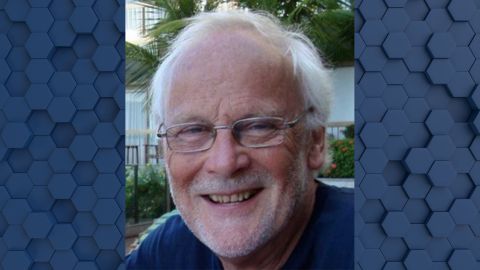
In memoriam: Michael Waterfield
He was a British biochemist and a pioneer in the cancer research field who opened a proteomics lab at University College London.
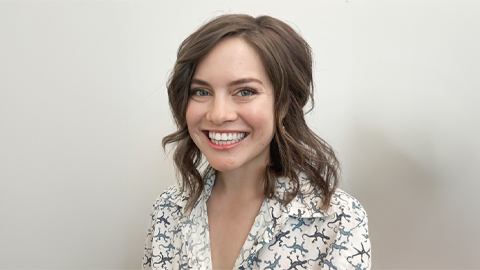
Bakers and mentors help a MOSAIC scholar change her life
Joanna-Lynn Borgogna studies the vaginal microbiome, the metabolome and the development of gynecological disorders in reproductive-aged women.
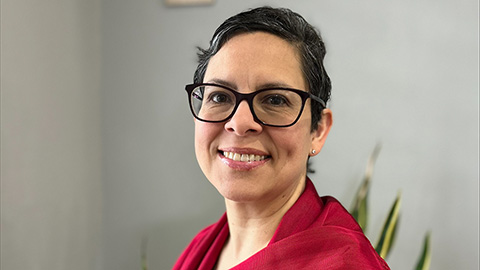
Swapping stethoscope for pipette to understand diabetic retinopathy
MOSAIC scholar Emma M. Lessieur Contreras is inspired by the work of her ophthalmologist father.
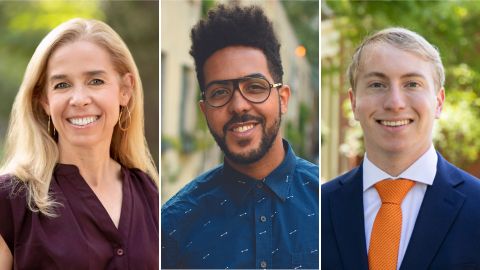
Honors for Lemon, Silva and Brownlee
Awards, promotions, milestones and more. Find out what's going on in the lives of ASBMB members.
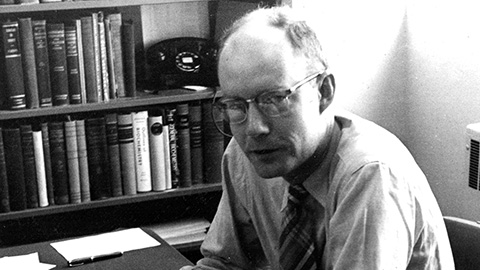
In memoriam: Daniel Atkinson
He was an emeritus professor of chemistry and biochemistry at UCLA and a member of the American Society of Biochemistry and Molecular Biology since 1957.

